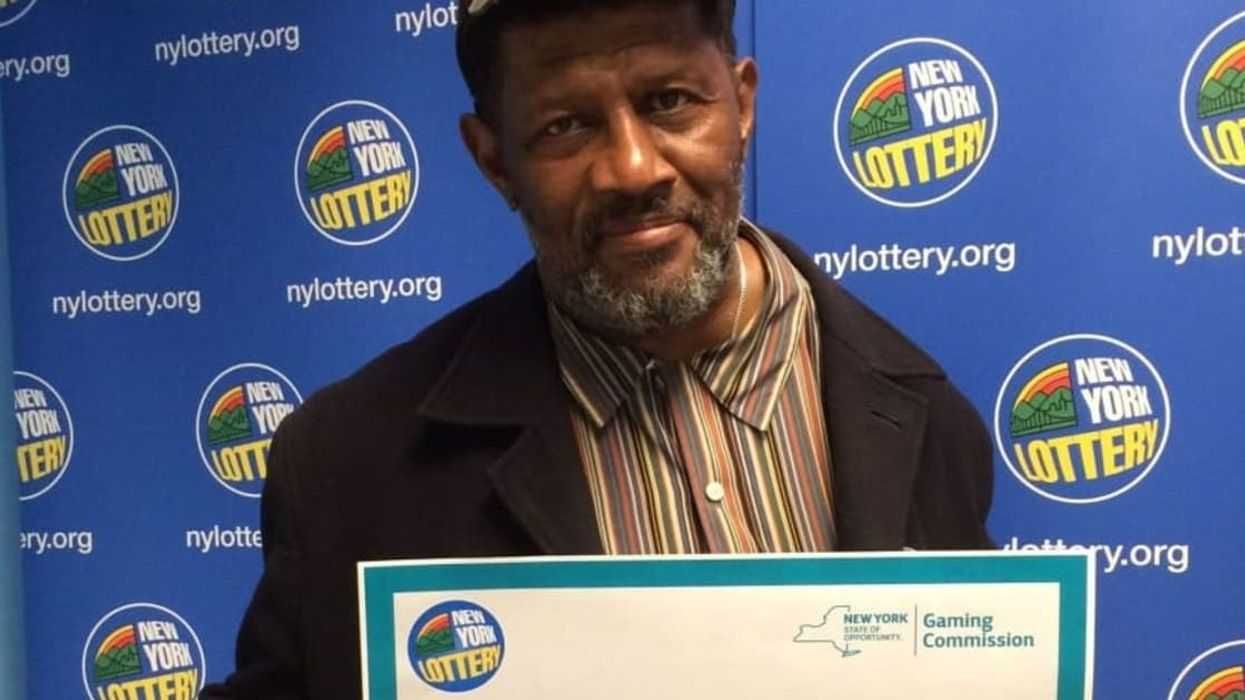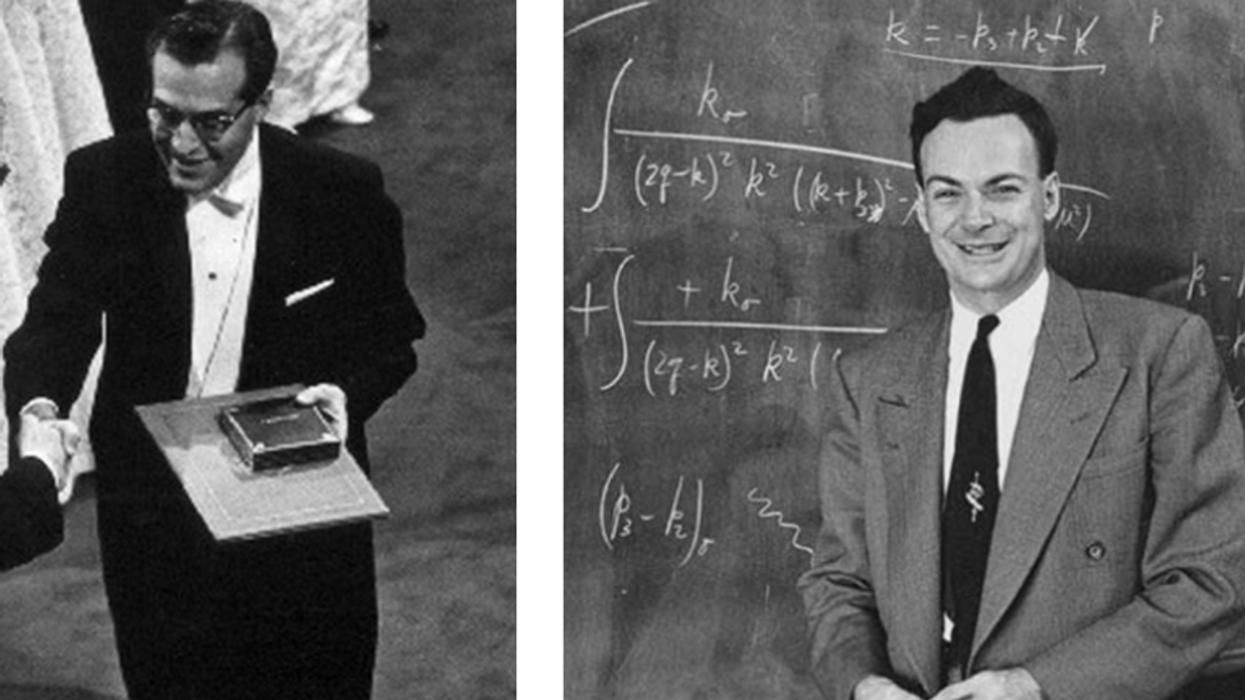Some people might find weather reports a drab affair but that certainly is not the case if you're watching Adam Krueger, the Chief Meteorologist at CW39 Houston. "WeatherAdam" has turned weather reports into an entertainment segment of his own and the internet can't get enough of it. He loves nothing more than sneaking in lyrics from popular songs while making it look like he's doing the weather and many of his videos are going viral. He often mixes in lyrics of pop and heavy metal songs. Like a hip DJ, he often accepts requests from his millions of followers, who suggest everything from song lyrics, dialogues from movies and TV shows, and even random phrases. He creatively sneaks in bits of dialogue and lyrics from these requests and integrates them into his weather forecasts seamlessly. Most of his mashup videos have gone viral among his audience, leading to him being christened “WeatherAdam.”
Krueger, who boasts of 1.8 million followers on Instagram recently accepted one of his fan’s request to insert the lyrics of Disturbed’s “Down With The Sickness.” The creative weatherman was first seen driving to work in the video. Then, he opened the weather news report saying, “There’s a lot of cedar pollen flying around in the air this morning, you may wake up having to clear your throat like ‘oh wah ah ah,’ I mean that’s how I felt this morning.” The guttural sounds of ‘oh wah ah ah’ are part of this song by lead singer David Draiman. Kreuger then went on to insert the song lyrics “drowning this in my sea of loathing,” and “when silently in changes, violently it changes,” in the forecast. He wrapped up his report by talking about cedar pollen and brilliantly quoting the lyrics, “If you’re having some trouble in dealing with these changes, living with these changes, unfortunately, we’ve got more to come here,” finishing it off with, “Get up, come on, get down with the sickness.” Like his previous videos, this video also garnered over 70,000 likes in just a week. Earlier the pop band Metallica had also commented on his clip where he mashed up with the lyrics of “Enter Sandman”.

Even the pop star Snoop Dogg had reposted one of Adam’s weather forecast clips, quoting him as the “Weatherman on one!”
Krueger has created mashups with over 200 songs. In addition to “Down With The Sickness” and “Enter Sandman,” other songs he has inserted into his musical forecasts include “Get Low” by Lil Jon, Eminem’s “Without Me”, Nirvana’s “Smells Like Teen Spirit”, Taylor Swift’s “Karma”, Queen’s “Bohemian Rhapsody”, Doja Cat’s “Paint The Town Red” and more. “I’ve been sneaking lyrics in the weather for a little over a year now,” Adam told Bored Panda in an interview. “It started when my social media followers started daring me or challenging me to say phrases and lyrics in the weather. This particular day, we were expecting a big burst of cedar pollen, which makes a lot of people feel sick. That’s why I decided to use ‘Down with the Sickness’ lyrics” he said.
You can follow Adam Krueger on Instagram, Twitter, and TikTok for more mashup weather forecasts.
This article originally appeared six months ago.




















 Ladder leads out of darkness.Photo credit
Ladder leads out of darkness.Photo credit  Woman's reflection in shadow.Photo credit
Woman's reflection in shadow.Photo credit  Young woman frazzled.Photo credit
Young woman frazzled.Photo credit 



Will your current friends still be with you after seven years?
Professor shares how many years a friendship must last before it'll become lifelong
Think of your best friend. How long have you known them? Growing up, children make friends and say they’ll be best friends forever. That’s where “BFF” came from, for crying out loud. But is the concept of the lifelong friend real? If so, how many years of friendship will have to bloom before a friendship goes the distance? Well, a Dutch study may have the answer to that last question.
Sociologist Gerald Mollenhorst and his team in the Netherlands did extensive research on friendships and made some interesting findings in his surveys and studies. Mollenhorst found that over half of your friendships will “shed” within seven years. However, the relationships that go past the seven-year mark tend to last. This led to the prevailing theory that most friendships lasting more than seven years would endure throughout a person’s lifetime.
In Mollenhorst’s findings, lifelong friendships seem to come down to one thing: reciprocal effort. The primary reason so many friendships form and fade within seven-year cycles has much to do with a person’s ages and life stages. A lot of people lose touch with elementary and high school friends because so many leave home to attend college. Work friends change when someone gets promoted or finds a better job in a different state. Some friends get married and have children, reducing one-on-one time together, and thus a friendship fades. It’s easy to lose friends, but naturally harder to keep them when you’re no longer in proximity.
Some people on Reddit even wonder if lifelong friendships are actually real or just a romanticized thought nowadays. However, older commenters showed that lifelong friendship is still possible:
“I met my friend on the first day of kindergarten. Maybe not the very first day, but within the first week. We were texting each other stupid memes just yesterday. This year we’ll both celebrate our 58th birthdays.”
“My oldest friend and I met when she was just 5 and I was 9. Next-door neighbors. We're now both over 60 and still talk weekly and visit at least twice a year.”
“I’m 55. I’ve just spent a weekend with friends I met 24 and 32 years ago respectively. I’m also still in touch with my penpal in the States. I was 15 when we started writing to each other.”
“My friends (3 of them) go back to my college days in my 20’s that I still talk to a minimum of once a week. I'm in my early 60s now.”
“We ebb and flow. Sometimes many years will pass as we go through different things and phases. Nobody gets buttsore if we aren’t in touch all the time. In our 50s we don’t try and argue or be petty like we did before. But I love them. I don’t need a weekly lunch to know that. I could make a call right now if I needed something. Same with them.”
Maintaining a friendship for life is never guaranteed, but there are ways, psychotherapists say, that can make a friendship last. It’s not easy, but for a friendship to last, both participants need to make room for patience and place greater weight on their similarities than on the differences that may develop over time. Along with that, it’s helpful to be tolerant of large distances and gaps of time between visits, too. It’s not easy, and it requires both people involved to be equally invested to keep the friendship alive and from becoming stagnant.
As tough as it sounds, it is still possible. You may be a fortunate person who can name several friends you’ve kept for over seven years or over seventy years. But if you’re not, every new friendship you make has the same chance and potential of being lifelong.